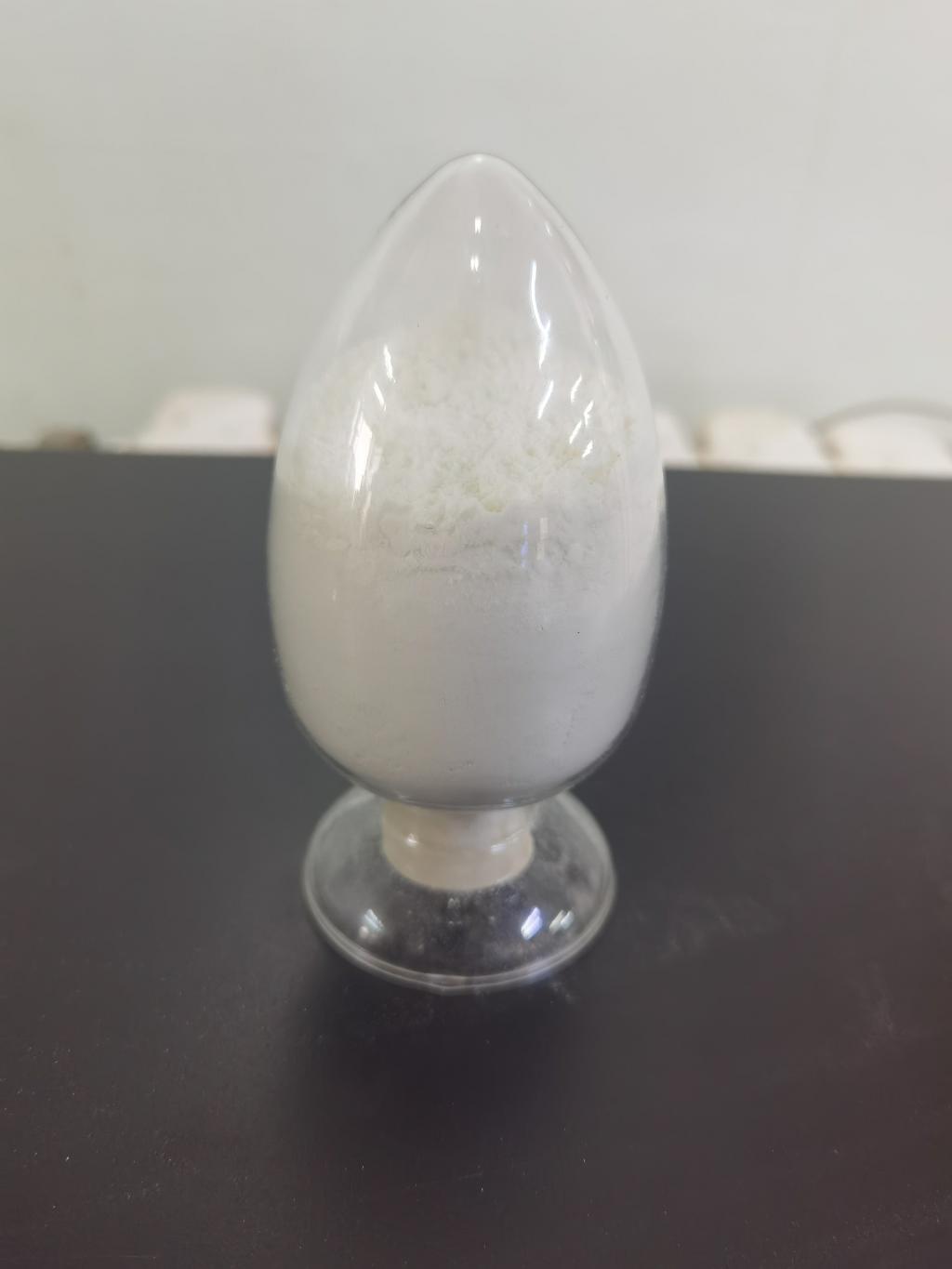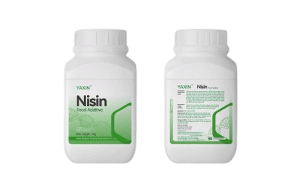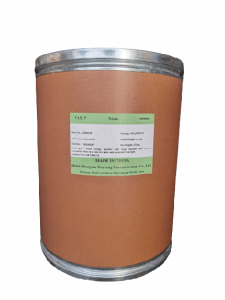Tel:+8618231198596

News
 CONTACT
CONTACT
 CONTACT
CONTACT
- Linkman:Linda Yao
- Tel: +8618231198596
- Email:linda.yao@dcpharma.cn
- Linkman:CHARLES.WANG
- Department:Overseas
- Tel: 0086 0311-85537378 0086 0311-85539701
News
Current Position:
Home >
News
>The impact of ε-Polylysine hydrochloride on the quality of packaged seafood.
The impact of ε-Polylysine hydrochloride on the quality of packaged seafood.
TIME:2024-10-21
ε-Polylysine Hydrochloride: An Overview:
Natural Origin: ε-PL is a homopolymer of L-lysine, consisting of 25-35 ε-aminolysine units linked by isopeptide bonds. It is produced through fermentation by Streptomyces albulus.
Mechanism of Action: ε-PL exerts its antimicrobial activity by disrupting the cell membranes of microorganisms, leading to leakage of intracellular components and cell death. It is effective against a broad spectrum of microorganisms, including Gram-positive and Gram-negative bacteria, yeasts, and molds.
Impact on the Quality of Packaged Seafood:
Inhibition of Spoilage Microorganisms: Seafood is prone to spoilage by a variety of microorganisms, including lactic acid bacteria, Pseudomonas spp., and Vibrio spp. ε-PL can effectively inhibit the growth of these spoilage organisms, thereby extending the shelf life of packaged seafood.
Control of Pathogenic Bacteria: Pathogenic bacteria, such as Listeria monocytogenes, Salmonella spp., and Vibrio parahaemolyticus, are major concerns in seafood safety. ε-PL can help control these pathogens, ensuring the safety of the final product.
Preservation of Sensory Attributes: Unlike some chemical preservatives, ε-PL does not introduce off-flavors or odors, making it ideal for maintaining the sensory attributes of seafood. It helps preserve the fresh taste, texture, and appearance of the product.
Reduction of Chemical Additives: By using ε-PL, manufacturers can reduce or eliminate the need for synthetic chemical preservatives, aligning with consumer preferences for natural and clean-label products.
Applications in Different Types of Packaged Seafood:
Raw Fish and Shellfish: Raw fish, such as sashimi and sushi-grade tuna, and shellfish, like oysters and shrimp, can benefit from ε-PL by preventing the growth of spoilage and pathogenic microorganisms, ensuring their safety and quality.
Smoked and Cured Fish: Smoked and cured fish, such as salmon and herring, can be preserved with ε-PL to extend their shelf life and maintain their characteristic flavors and textures.
Fish Fillets and Portions: Pre-packaged fish fillets and portions, often sold in vacuum-sealed or modified atmosphere packaging, can be treated with ε-PL to prevent microbial growth and ensure freshness.
Ready-to-Eat Seafood Products: Ready-to-eat seafood products, such as crab cakes, seafood salads, and pre-cooked shrimp, can be stabilized with ε-PL to maintain their quality and safety during storage and distribution.
Challenges and Considerations:
Formulation Compatibility: The effectiveness of ε-PL can be influenced by the pH, water activity, and the presence of other ingredients in the seafood. Formulations must be optimized to ensure ε-PL's stability and activity.
Regulatory Compliance: ε-PL is approved for use in many countries, including Japan, the United States, and the European Union, but regulatory limits on its concentration in food products must be adhered to. Variations in regulations across different regions should be considered.
Consumer Perception: Consumers increasingly prefer natural and clean-label products. Clear labeling and transparent communication about the benefits and natural origin of ε-PL can enhance consumer trust and acceptance.
Sensory and Quality Attributes: While ε-PL does not introduce off-flavors or odors, it is important to ensure that its use does not negatively affect the sensory attributes of the seafood. Sensory evaluation studies can help confirm the compatibility of ε-PL with specific seafood products.
Synergistic Effects and Combination Strategies:
Combined Use with Other Preservatives: ε-PL can be used in combination with other natural preservatives, such as organic acids, essential oils, and plant extracts, to enhance its antimicrobial efficacy and broaden its application.
Packaging Innovations: Incorporating ε-PL into active packaging materials, such as films and coatings, can provide a sustained release of the antimicrobial, offering additional protection against spoilage.
Future Directions and Research Opportunities:
Optimization of ε-PL Use: Further research is needed to optimize the use of ε-PL in different types of packaged seafood, considering factors such as dosage, release kinetics, and formulation compatibility.
Encapsulation and Controlled Release: Developing encapsulation technologies and controlled-release systems for ε-PL can improve its stability and effectiveness, allowing for sustained protection over the product's shelf life.
Combination Strategies: Investigating the synergistic effects of ε-PL with other natural preservatives and innovative packaging solutions can provide more robust and versatile preservation strategies.
Economic and Environmental Impact: Assessing the economic and environmental impact of ε-PL-based preservation methods, including production costs and sustainability, will be important for widespread adoption in the seafood industry.
Conclusion:
ε-Polylysine hydrochloride offers a natural and effective solution for enhancing the quality and safety of packaged seafood. Its broad-spectrum antimicrobial activity, combined with its minimal impact on sensory attributes and GRAS status, makes it an attractive alternative to traditional chemical preservatives. As the demand for high-quality, long-lasting, and natural seafood products continues to grow, further research and innovation in ε-PL-based preservation technologies will play a crucial role in meeting these needs and ensuring the safety and quality of these products.
- Tel:+8618231198596
- Whatsapp:18231198596
- Chat With Skype







